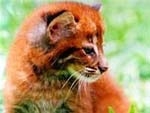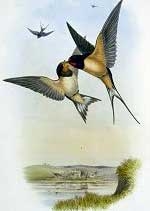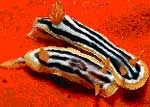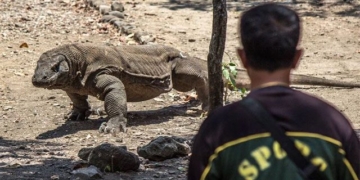Scientists Discover Cheetahs Can Run Faster Than 100 km/h Due to Optimal Body Weight.
Fast-running animals like cheetahs tend to be of medium size. An international research team from the Royal Holloway University of London, Harvard University, the University of Queensland, and the University of Sunshine Coast investigated the reasons behind this phenomenon and published their findings in the journal Nature Communications, as reported by Newsweek on March 13.

Cheetahs are the fastest animals on Earth. (Photo: Mateo Juric).
Dr. David Labonte from the Department of Biological Engineering at the Royal Holloway University of London and his colleagues discovered that there are two limits to how fast animals can run: how quickly and how much their muscles can contract. The first limit, referred to as the “momentum capacity limit,” indicates how muscle contraction in smaller animals affects their speed. The second limit, known as the “activity capacity limit,” shows that larger animals are constrained by how much their muscles can contract.
According to Professor Christofer Clemente from the University of Sunshine Coast and the University of Queensland, the optimal physical size for a large animal like a cheetah is around 50 kg, where the two limits intersect. This is why they are the fastest species, capable of reaching speeds of up to 105 km/h.
When testing the accuracy of their model, the research team found that it correctly predicted the maximum running speeds of various animals, including large mammals, birds, and lizards. The model not only answers how one species runs faster than another but also sheds light on the evolutionary process of muscles and provides insights into the significant differences observed among animal groups. For instance, it explains why large reptiles like crocodiles are slower than mammals.
Taylor Dick, a co-author of the study from the University of Queensland, noted that this is due to muscle mass in the limbs constituting a smaller percentage of the body in reptiles. They need to reach the activity limit with a smaller body weight, implying that they require smaller sizes to move quickly. For larger animals like rhinoceroses and elephants, running is akin to lifting a massive weight, as their muscles are relatively weaker and require more effort to overcome gravity. As a result, these animals slow down as they grow larger.
The study also highlights that the heaviest living land animal today is the African elephant, weighing in at 6.6 tons.





















































